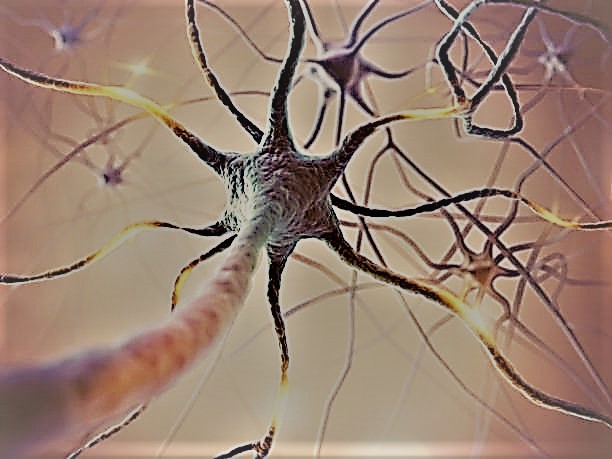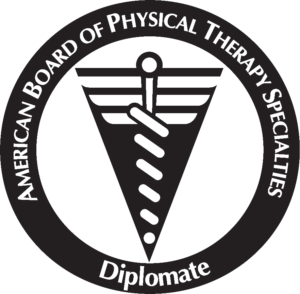When you eat or drink something that your bladder is sensitive to, it can cause…

Neurological causes of Bladder Issues
Our role as pelvic floor physical therapists is to improve our patient’s quality of life and helping them to achieve their goals. When we have patients with Parkinson’s disease, muscular sclerosis and other upper motor neuron (UMN) conditions, bladder concerns is high on the list of challenges and patient goals. Overactive bladder (OAB) symptoms, such as urgency, frequency, and nocturia (having to get up to urinate more than once at night) are all significant concerns with neurological conditions.
Bladder symptoms can be one of the first symptoms to appear with UMN conditions and those bladder concerns can lead to increased risk of going into skilled nursing homes or caregiver stress. OAB symptoms are a leading cause of falls among people with Parkinson’s particularly.
Pelvic floor exercises and bladder behavior modifications are an effective way to improve bladder symptoms with people who have UMN conditions, particularly with MS and Parkinson’s disease. The most effective strategies have been a multi-pronged approach.
- Pelvic floor muscle recruitment. It is vital to be able to activate the pelvic floor muscles in order to close the urethra at the appropriate time to stop the flow of urine. A pelvic floor physical therapist can help a patient learn how to activate the pelvic floor appropriately and without downward pressure from the abdominal wall and without holding your breath.
- Bladder diaries. This can be used initially to get an idea of how often a patient is urinating currently. After seeing what is currently occurring, the pelvic floor physical therapist can strategize with the patient about setting up a bladder schedule and cues that will help the patient to increase the time between voids or remember to void in an appropriate timframe, if their cues to void are diminished.
- Fluid diaries. This also can be used to see what the patient is currently drinking and then to look at strategies to for improved bladder symptoms. These can include decreasing bladder irritants such as caffeine, spicy or acidic foods. Fluid management can also be coming up with a more structured fluid intake strategy, such as 12 oz at each meal and 6 oz between meals.
- Constipation management. Stool sitting in the rectum with constipation can put increased pressure on the bladder which can increase OAB symptoms. Constipation management can include increased activity levels, fiber and fluid intake, and stool softeners as needed.
- Urge deferment strategies. My favorite urge deferment is to stop when the urge hits. Take 4-5 belly breaths, do 4-5 pelvic floor contractions, then reassess. Either distract yourself to increase time between urinations or walk yourself to the bathroom. This can also be used with nocturia (urge to urinate at night).
Pelvic floor physical therapy plays an important role in managing bladder symptoms with Parkinson’s, MS, and other UMN diseases. We want our patients to enjoy an active life and managing bladder symptoms can be a key role in that.




